From Healthcare Professionals & Patients
Past Achievements
Each of our recent achievements brings us closer to realizing our mission of providing accessible, high-quality healthcare:
How RPM Improved Patient Outcomes & Hospital Efficiency

Safe and Effective
A study of 2340 cardiac surgery patients who underwent remote patient monitoring of vital signs post-surgery using RPM devices found that remote patient monitoring systems are feasible, effective, and safe to improve postoperative outcomes. In addition, remote monitoring of vital signs resulted in the early diagnosis of 144 potentially life-threatening complications, including strokes, renal failures, heart rhythm disorders, severe pleural effusions, and severe pericardial effusions.
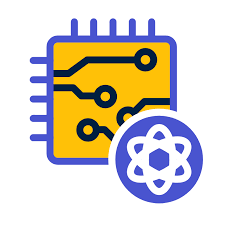
Cardiovascular Health
Implantable patient remote monitoring, such as pacemakers and heart resynchronization therapy, monitors a patient’s heart rate and physiological condition. Remote cardiac monitoring devices are especially beneficial for patients at risk of cardiac arrest. When a patient’s wearable or implanted device detects abnormalities relating to cardiac arrest, they immediately alert the patient’s healthcare provider and provide emergency procedures. Regarding remote patient monitoring use cases in cardiac care, research has shown that RPM can significantly reduce systolic blood pressure (SBP) and diastolic blood pressure (DBP) compared to usual care and self-monitoring alone for hypertension. In addition, one frequently published meta-analysis shows a positive effect on heart failure-related admissions and all-cause mortality rates. Finally, recent clinical guidelines strongly recommend the use of RPM for Atrial fibrillation detection in both stroke and non-stroke patients for atrial fibrillation.
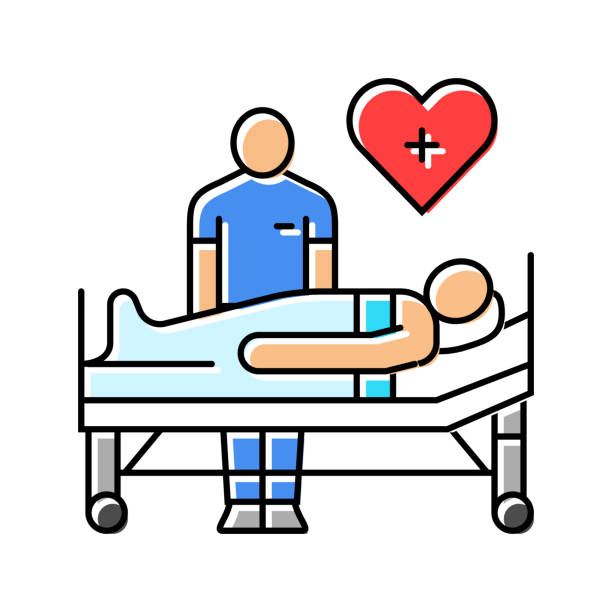
Post Operative Care
Among several compelling remote patient monitoring use cases that emerge is in postoperative care. Monitoring vital signs after surgery, especially during the critical 30-day period, can help prevent postoperative deaths after the patient is discharged. RPM allows surgeons to remotely track patients’ recovery progress, monitor incisions, and provide timely guidance, reducing the need for frequent hospital visits. A McMaster University study reported that patients using remote patient monitoring after surgery experienced lower readmission rates (5.3%), reduced pain after a week (13.9%), and fewer medication errors (24.2%).
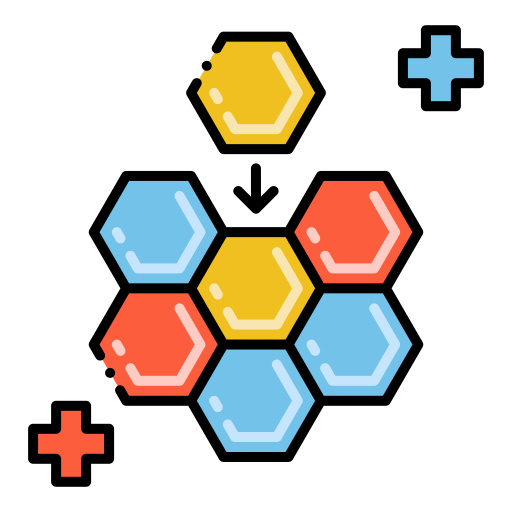
Improving Patient Satisfaction
Typically, patients with a positive perspective regarding their medical care increase patient experience and satisfaction scores. Remote patient monitoring can help the patient and the medical organization improve patient perceptions of their care. Indeed, evidence suggests that more than 90% of patients would recommend telemonitoring.
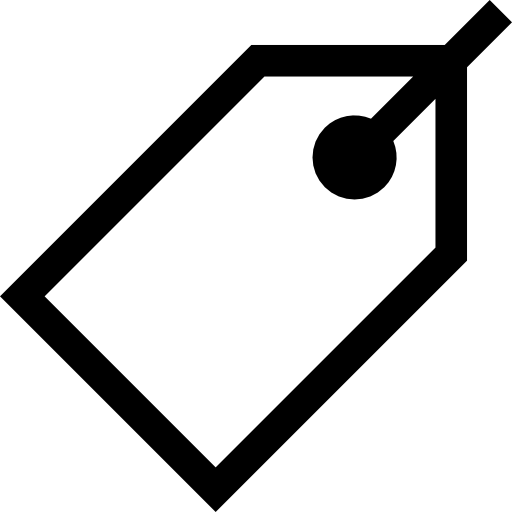
Diabetes Monitoring
Patients with diabetes can benefit from slight blood pressure and blood sugar level monitoring. The specialized software developed for remote blood glucose monitoring devices immediately detects abnormalities, ensuring the patient receives timely treatment. Some devices even provide diet, medication, and nutritional advice to maintain normal blood sugar levels. For instance, the UCHealth Virtual Health Center remote patient monitoring program has successfully used technology and coaching to monitor and remotely manage blood sugar levels.
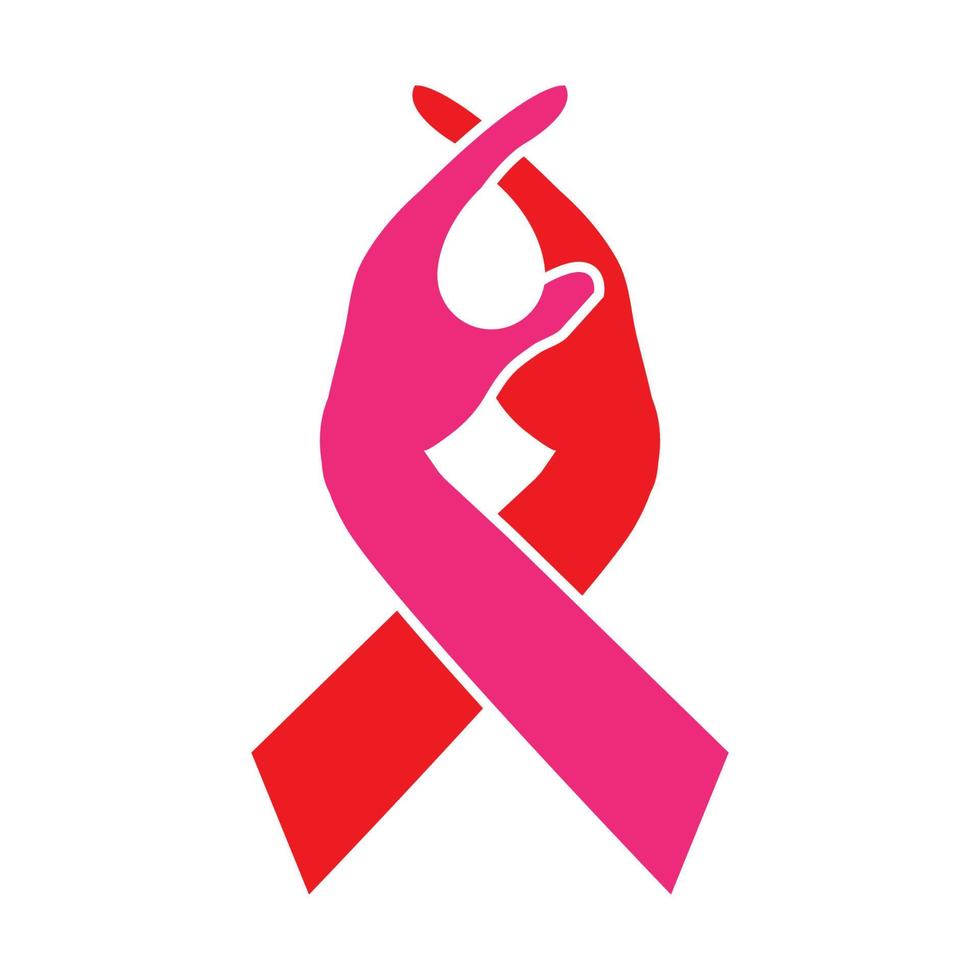
Cancer Treatment
The following example of remote patient monitoring use cases is for cancer patients. Remote patient monitoring enables clinicians to observe cancer development and treatment effectiveness closely. It also transitions cancer care outside the conventional clinic setting into patients’ everyday lives for more consistent and comfortable patient monitoring. According to research published in The British Medical Journal (BMJ), remote patient monitoring for cancer patients is an effective method for cancer care management. RPM provides improved access to care, as the patient and provider can communicate virtually when symptoms are detected with remote medical devices. In addition, remote monitoring for cancer patients uses FDA-cleared RPM devices such as blood pressure meters, scales, thermometers, and pulse oximeters to track signs in real-time.

Safe and Effective
A study of 2340 cardiac surgery patients who underwent remote patient monitoring of vital signs post-surgery using RPM devices found that remote patient monitoring systems are feasible, effective, and safe to improve postoperative outcomes. In addition, remote monitoring of vital signs resulted in the early diagnosis of 144 potentially life-threatening complications, including strokes, renal failures, heart rhythm disorders, severe pleural effusions, and severe pericardial effusions.

Cardiovascular Health
Implantable patient remote monitoring, such as pacemakers and heart resynchronization therapy, monitors a patient’s heart rate and physiological condition. Remote cardiac monitoring devices are especially beneficial for patients at risk of cardiac arrest. When a patient’s wearable or implanted device detects abnormalities relating to cardiac arrest, they immediately alert the patient’s healthcare provider and provide emergency procedures. Regarding remote patient monitoring use cases in cardiac care, research has shown that RPM can significantly reduce systolic blood pressure (SBP) and diastolic blood pressure (DBP) compared to usual care and self-monitoring alone for hypertension. In addition, one frequently published meta-analysis shows a positive effect on heart failure-related admissions and all-cause mortality rates. Finally, recent clinical guidelines strongly recommend the use of RPM for Atrial fibrillation detection in both stroke and non-stroke patients for atrial fibrillation.

Post Operative Care
Among several compelling remote patient monitoring use cases that emerge is in postoperative care. Monitoring vital signs after surgery, especially during the critical 30-day period, can help prevent postoperative deaths after the patient is discharged. RPM allows surgeons to remotely track patients’ recovery progress, monitor incisions, and provide timely guidance, reducing the need for frequent hospital visits. A McMaster University study reported that patients using remote patient monitoring after surgery experienced lower readmission rates (5.3%), reduced pain after a week (13.9%), and fewer medication errors (24.2%).

Improving Patient Satisfaction
Typically, patients with a positive perspective regarding their medical care increase patient experience and satisfaction scores. Remote patient monitoring can help the patient and the medical organization improve patient perceptions of their care. Indeed, evidence suggests that more than 90% of patients would recommend telemonitoring.

Diabetes Monitoring
Patients with diabetes can benefit from slight blood pressure and blood sugar level monitoring. The specialized software developed for remote blood glucose monitoring devices immediately detects abnormalities, ensuring the patient receives timely treatment. Some devices even provide diet, medication, and nutritional advice to maintain normal blood sugar levels. For instance, the UCHealth Virtual Health Center remote patient monitoring program has successfully used technology and coaching to monitor and remotely manage blood sugar levels.

Cancer Treatment
The following example of remote patient monitoring use cases is for cancer patients. Remote patient monitoring enables clinicians to observe cancer development and treatment effectiveness closely. It also transitions cancer care outside the conventional clinic setting into patients’ everyday lives for more consistent and comfortable patient monitoring. According to research published in The British Medical Journal (BMJ), remote patient monitoring for cancer patients is an effective method for cancer care management. RPM provides improved access to care, as the patient and provider can communicate virtually when symptoms are detected with remote medical devices. In addition, remote monitoring for cancer patients uses FDA-cleared RPM devices such as blood pressure meters, scales, thermometers, and pulse oximeters to track signs in real-time.